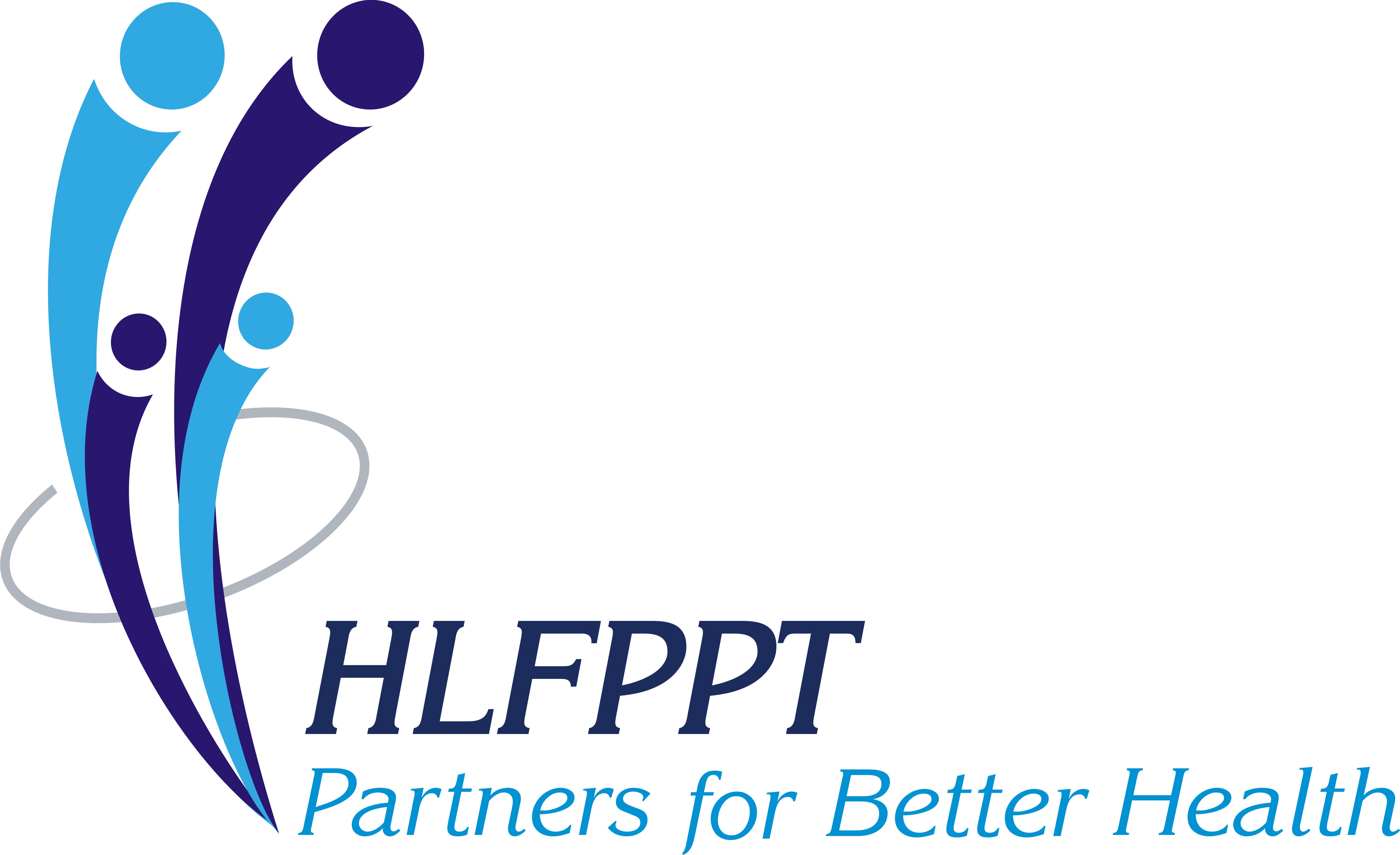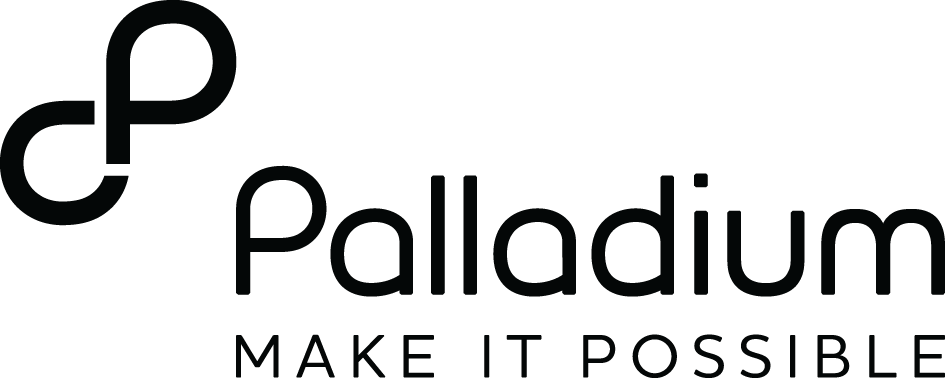Innovative
Financing
For
Better
Maternal
Health
Outcomes

Innovative Financing For Better Maternal Health Outcomes
Closing the financing gap to meet Sustainable Development Goals (SDGs) for maternal health
In 2015, the international community set ambitious goals for global health and sustainable development. One of these goals is to reduce the rate of global maternal deaths by two-thirds by 2030.
Making pregnancy and childbirth safer for all women will take new financing approaches to power solutions - the solutions we know need to be scaled and the ones yet to be discovered.
Unfortunately, there is a tremendous investment gap between what is needed and what has been committed.
The cost to end preventable maternal deaths by 2030 is an estimated $115.5 billion, according to the United Nations Population Fund. With just $11.9 billion in development assistance coming to 120 priority countries over the next 10 years, that leaves a $103.4 billion investment gap.
Traditional philanthropy cannot make up this difference alone. To help close this gap, and advance progress toward SDG targets and beyond, MSD for Mothers is driving new thinking and action in health financing - with the aim of scaling promising solutions for better maternal health.
With our collaborators, we are testing ways to tap into global capital markets, unlock additional financing and allocate resources more efficiently and effectively. We want each dollar to work harder, smarter and longer.
This report looks at four different ways that MSD for Mothers is bridging innovation in health with innovation in finance to improve maternal health outcomes for women in countries with the greatest needs.
Our collaborators are:
Stimulating entrepreneurship in health — by mobilizing new capital for health innovators, starting with a Nigerian entrepreneur working to ensure women and health providers have access to lifesaving medical supplies.
Demonstrating how digital technology can be used to put women and their healthcare financial needs first — by supporting a new platform currently deployed in Kenya and Tanzania.
Testing new incentive structures to drive results — by launching a first-of-its-kind Development Impact Bond (DIB) that is improving the quality of maternity care in Rajasthan, India.
Mobilizing private sector contributions and domestic resources — by backing the Global Financing Facility, a global public-private financing mechanism that spurs country investments in health.
These unique collaborations are just some of the ways MSD for Mothers is improving access to quality maternity care for women around the world. We are challenging assumptions and disrupting the status quo – all part of MSD’s legacy of solving tough global health challenges.
Visit msdformothers.com to learn more about our work, and join the conversation. #EndMaternalMortality #InnovatingforMoms

Mary-Ann Etiebet
Lead and Executive Director, MSD for Mothers
MSD for Mothers is MSD's $500 million initiative to help create a world where no woman has to die giving life. Applying MSD’s business and scientific resources, we collaborate with partners to improve the health and well-being of women during pregnancy, childbirth and the postpartum period. For more information, visit www.msdformothers.com












